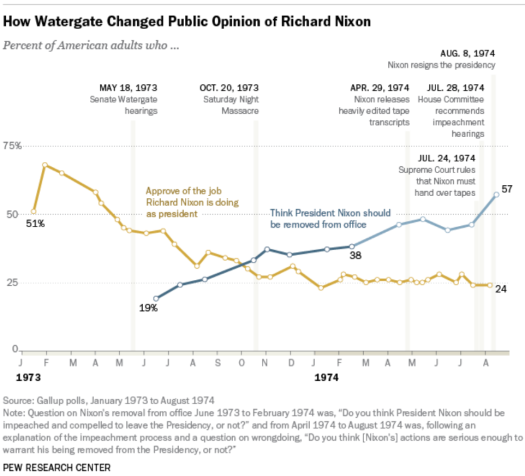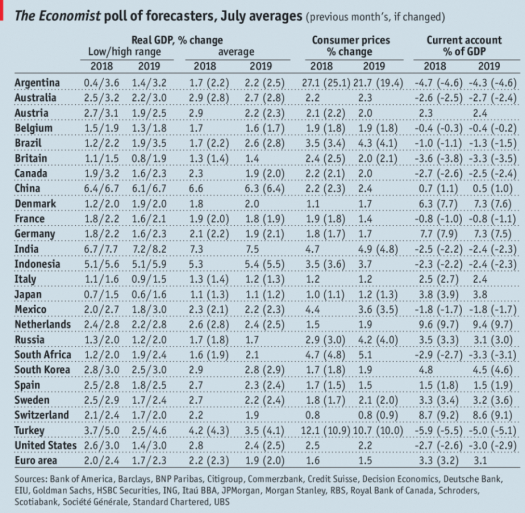Economic nationalism in action
The Canadian dollar is up today on news that the new free trade agreement will be essentially identical to the old agreement.
This got me thinking about the 2016 campaign, economic nationalism and related issues. Here are a few observations:
1. Much of the punditry of 2016 now looks pretty hyperbolic, almost ridiculous. There was lots of talk that “neoliberalism” was passé, that American workers were being crushed by foreign trade, and that the Trump campaign represented a rejection of globalism. Two years into his 4-year term, Trump has precisely one major achievement to help blue collar workers—a big corporate tax cut. It’s hard to find a more neoliberal policy than corporate tax cuts. Any time you are reading a political pundit and come across the term “neoliberalism”, just stop. You will be getting dumber if you continue to read.
2. Some will argue that Trump never really believed in economic nationalism, that it was all an act to get votes. That’s possible; although I suspect he really does believe some of the nonsense he spouts about winning trade wars. But surely the people around him are serious economic nationalists. Peter Navarro, Wilbur Ross, Steve Bannon and others didn’t suddenly adopt these ideas for the 2016 campaign.
3. Economic nationalists are really, really, really dumb, and this has a big impact on how the events have played out. Their number one goal has been to reduce the US trade deficit, and they don’t even have a clue as to how this can be done. As a result, they flounder around trying to negotiate trivial changes in trade deals, while the rest of the Trump administration enacts policies that will make the trade deficit even bigger. What would a policy of reducing trade deficits look like? Something like this:
A. Large budget surpluses to boost national saving. Instead, Trump is increasing the budget deficit at a rate far beyond anything we’ve ever seen in a time of peace and prosperity.
B. A big increase in the corporate tax rate, to reduce domestic investment. Policies to discourage domestic homebuilding. Again, Trump has done mostly the opposite, although the incentive to take out a home mortgage was modestly reduced in the new tax bill.
C. Public policy changes to encourage domestic saving, as you see in places like Singapore. As far as I know, there’s almost nothing being done in this area.
As a result, the trade deficit will likely get bigger. (Especially the actual deficit. The recent change in the corporate tax code will lead companies to report more output as domestic, which would modestly reduce the measured deficit without impacting the actual deficit.)
No doubt commenters will insist that they can’t be that dumb; there is some sort of secret plan to fix the trade deficit. Sorry, but read the stuff written by Peter Navarro and Wilbur Ross; they really are that dumb. (The smart ones like Gary Cohn are gone.) These are guys who think the GDP = C + I + G + NX equation somehow demonstrates that trade deficits reduce GDP. No, I’m not joking.
Economic nationalism is a profoundly self-destructive philosophy, but we are blessed to have economic nationalists who are so incompetent that they don’t even know how to reduce the trade deficit. That’s why stocks are up today.




